Metroid Dread Review - Return of the Queen
/A lot has changed in the past fifteen years. The world is nigh unrecognizable in late 2021. But there are some works of media that are timeless and evergreen, and many of the mainline Metroid games can be counted among them. When Nintendo announced just a few short months ago that we were finally getting the long-rumored, often prayed-for fifth 2D incarnation of the Metroid series, the first to move the timeline forward since Metroid Fusion 19 years ago on the GameBoy Advance, it’s easy to understand why hardcore fans got misty-eyed. But often the longer the wait, the greater the expectations, and the Metroidvania genre has seen a slew of excellent indie entries in the intervening years. Read on to see if Samus gets her mojo back.
No time to full read the full review? Check out the reviewer’s video version of his review below!
A Chozo-Centered Chronicle
Dread’s story picks up some time after Metroid Fusion’s, with Samus Aran’s body now permanently transformed by both Metroid and X-Parasite DNA. Video footage of an X-Parasite, the deadly species from Fusion thought to have been made extinct at Samus’ hand, is intercepted from a planet called ZDR, once host to two different Chozo tribes, the warrior Mawkin tribe and the science-minded Thoha. Deadly research robots called EMMI were sent to investigate, but they’ve gone silent. Samus, the only person immune to the X-Parasite, must head over and investigate.
I’d rather not spoil any of the particulars of the story, but suffice it to say that she isn’t alone. In the opening cut-scene, a mysterious Chozo warrior ambushes Samus and they have a furious face-off that the late Monty Oum (Haloid) might have appreciated. Samus awakens to find herself once again stripped of her powers and stuck in a geothermal plant deep within ZDR. She’ll need to navigate several diverse areas within the planet’s vast interior to recover her equipment and unlock the many mysteries behind her ambush, the X-Parasites, the EMMI, and the planet itself.
I wish I could say that Samus has never looked better, but Dread’s art style won’t be for everyone. At least for the first half of the game, the environments are functional and clinical, hardly ever show-stopping. Models and backgrounds alike are comprised of 3D models blended with static art and textures, and the game’s visual presentation is clean rather than showy, making it easy to distinguish your opponents and dig through environmental features for secrets. Likely owing to the simplicity of its visual presentation, the few times Dread’s framerate dipped during my playthrough, it never felt intrusive or game-changing. However, the trade-off is that Dread lacks the ‘wow’ factor that titles such as Metroid Prime and Super Metroid delivered for their respective eras.
What Dread lacks in visual ingenuity, though, it more than makes up for in atmosphere. Ambient music combines with appropriate and chilling sound effects to differentiate each of ZDR’s biomes from one another. The design of Samus’ actual suits competes with the series’ best. The game’s many cut-scenes and quiet moments also enhance the sense of immersion, loneliness, and isolation that the Metroid series captures so well.
Lock, Load, and Leap
The gameplay sees welcome elements returning from Samus Returns, the 3DS remake of Metroid 2. In addition to the metered, recharging Aeion abilities, one key returning element is the melee counter (not to be confused with the Other M counter-attack). A yellow flash before an enemy’s attack signifies that said attack can be countered with a swing of Samus’ gun-arm. The timing windows for these counters vary by enemy type, with many bosses outright requiring precise presses in order to turn the tables on them. Once hit with a melee counter, you’re usually given a chance to follow up with a powerful barrage. Perhaps the most important new Aeion ability is the Flash Shift. It’s an instant dash with a short cooldown that’s usable in mid-air and significantly helps Samus’ movement options against bosses.
However, probably the most memorable and defining new element of Metroid Dread (and its namesake) would be the EMMI Zones, which had me holding my breath in real life as I cranked up the volume on my headphones. Whenever Samus enters one of the game’s many EMMI Zones, she’ll have to rely on stealth, Aeion abilities, speed, and cunning to escape from the deadly droids, who sense movement through echolocation and often have other abilities as well.
The EMMI won’t be the only challenges you face, however. In Metroid Dread, nearly a dozen bosses, new and old, lie ready to deal death. Though some repeat in more difficult forms, there’s far more than enough variety here to satisfy, and some can be defeated by alternate methods. They are for the most part unforgiving but fair, fast-paced and frenetic, and a joy to fight against. I have seen a fair share of frustration online from folks struggling against these foes, but anyone who’s enjoyed action titles from the 16-bit and 32-bit eras such as the MegaMan X series, or even modern titles like Cuphead, should be able to dispatch these horrors with a cool head, a little patience, and pattern recognition.
As for the game’s approach to exploration, I’m happy to report that throughout my thirteen-hour playtime, Metroid Dread didn’t force me to do too much backtracking. Most of the time, you’ll be led (or sometimes railroaded) into the path forward. If you stop every time you’ve received an upgrade and study your maps for a minute, it should be obvious where to go next. Teleporters and multiple elevators between various areas, as well as Samus’ many abilities and movement options help speed up traversal.
The maps are very helpful and detailed, almost to a fault for series veterans, as they make it easy for any player familiar with Metroidvania game design to determine where secrets or shortcuts might be hidden. Save points and energy and weapon recharge stations are liberally scattered throughout the areas and if you die near a boss or to an EMMI you’ll respawn right outside their doors, so you’ll rarely ever find yourself caught between a rock and a hard place.
Of course, game difficulty is in the hand-eye-coordination of the beholder. Though Dread features all manner of quality-of-life improvements from its predecessors, it may catch those unfamiliar with the franchise off-guard. It has been interesting to me to see the divide between the folks struggling with Dread’s bosses, controls, and progression, and those such as myself who would rather the game’s Hard Mode (unlocked after one playthrough) was available from the get-go. I’m not sure whether this says something about changes in game design, the rise of a generation lacking exposure to the Metroid franchise, or the demographics of the Switch. I loved the gorgeous Hollow Knight, for instance, but because of its meandering length, hours of forced backtracking, and the frustrating lack of restore points near bosses, it felt more difficult and frustrating to me than Dread, despite the latter game’s supposed complexity.
A Grueling Gauntlet, Worth Every Penny
With that said, I’d sooner recommend Metroid Dread over nearly any recent title in its genre for its great balance of precise action and thoughtful exploration, its chilling survival horror segments, its respect for the player’s time with filler-less progression that trims the fat, and its sparse but satisfying story, which functions well both on its own and as an epic conclusion to the four-game mainline saga that began with the very first Metroid. Post-game, there are various upgrades, nine unlockable Chozo Gallery images, and seven ending rewards for completion under various parameters.
Overall, I can’t recommend Metroid Dread enough, whether to longtime fans or newbies to the franchise. Not only does it deliver on the promise of a fifth 2D Metroid game nearly two decades in the making, it does so while updating the time-tested formula to reduce tedium and bring new players into the fold. Nintendo knocked it out of the park, and while I wish the game were a little longer and the presentation a tad more polished, I can’t find any other faults in this very welcome new addition to the canon.
9/10
Highlights
PROS:
Great balance between action and exploration with quality-of-life touches
Excellent survival horror segments
Quality cutscenes advance the ongoing Metroid story with new Chozo lore
Fast-paced and memorable boss battles
CONS:
Visuals are clean but muted and lacking in atmosphere
Some occasional framerate drops
The main story is a bit short - some will beat it in 9 hours
Need to beat the game once to unlock Hard Mode
What I’ve Played
Beat the main story in 13 hours with 121/275 missiles, 8/12 Energy Tanks, and 3/15 Power Bombs

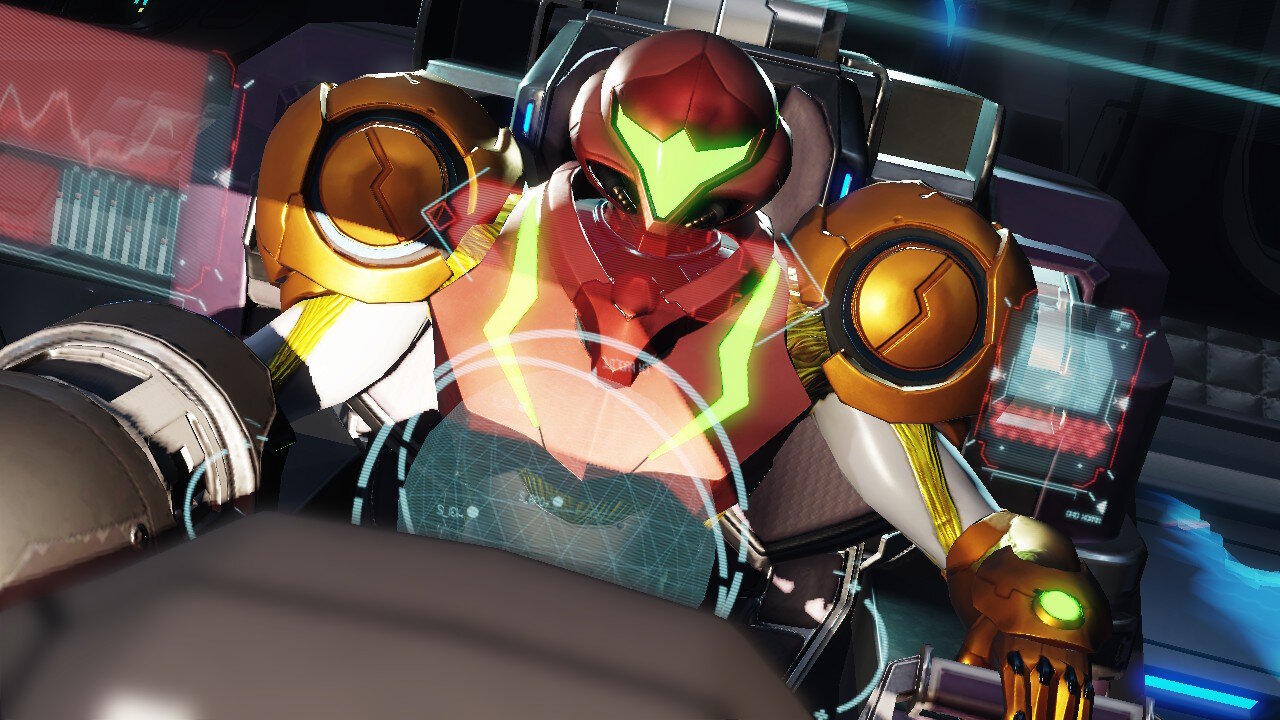
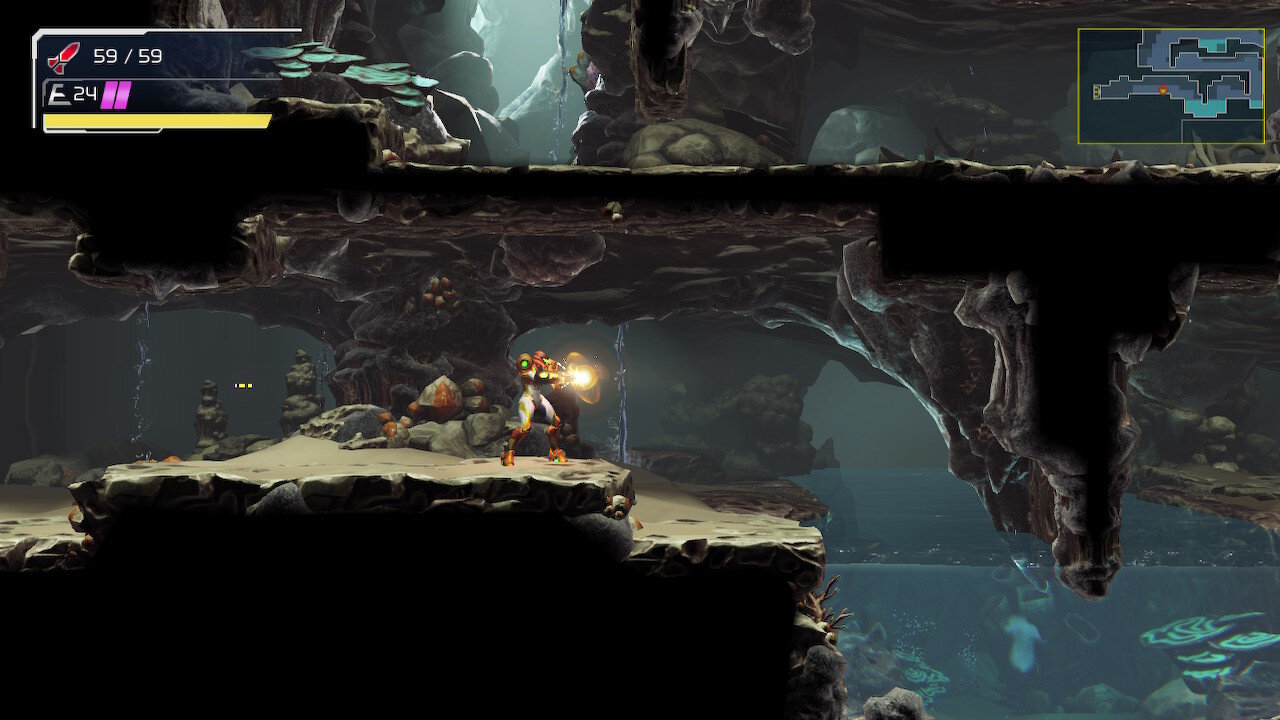

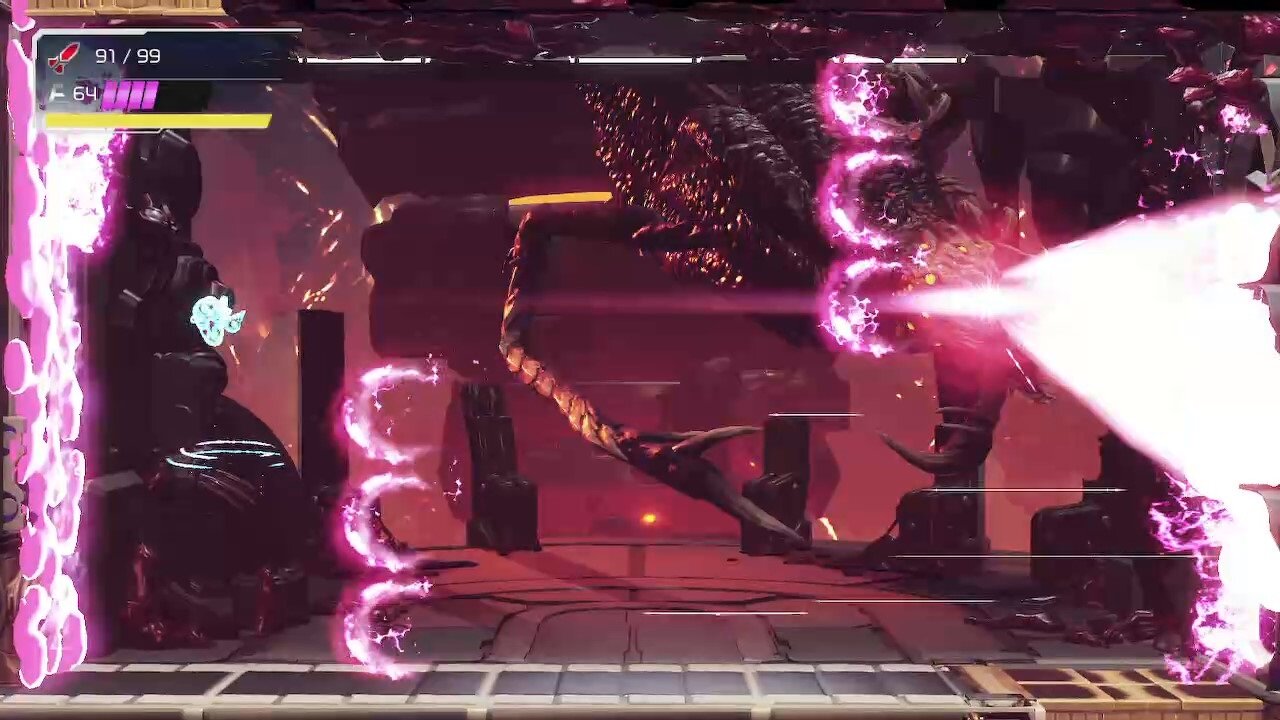
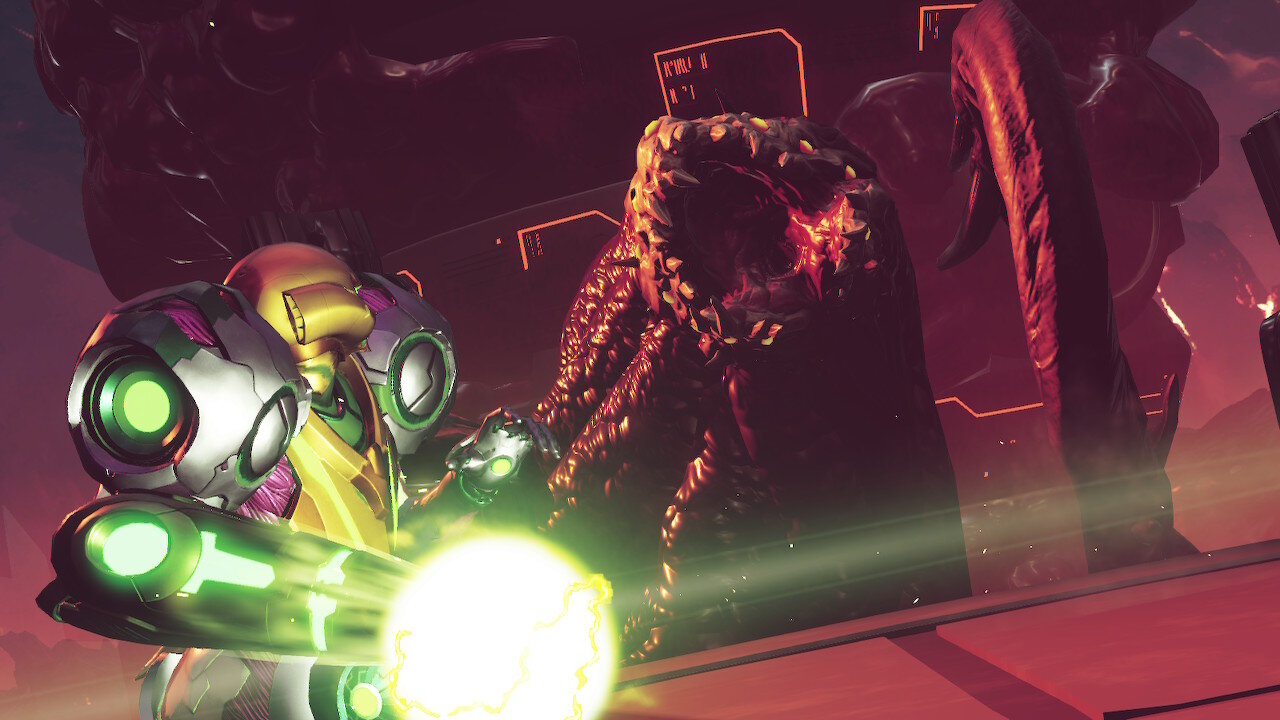


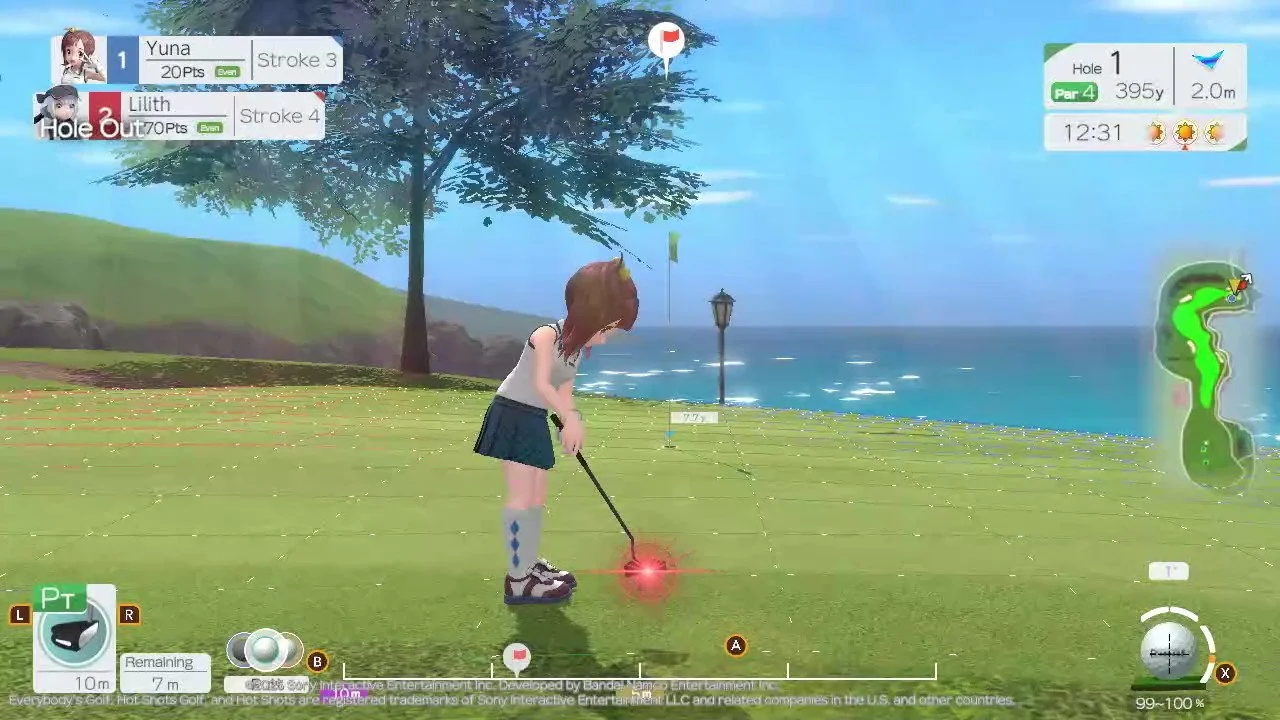






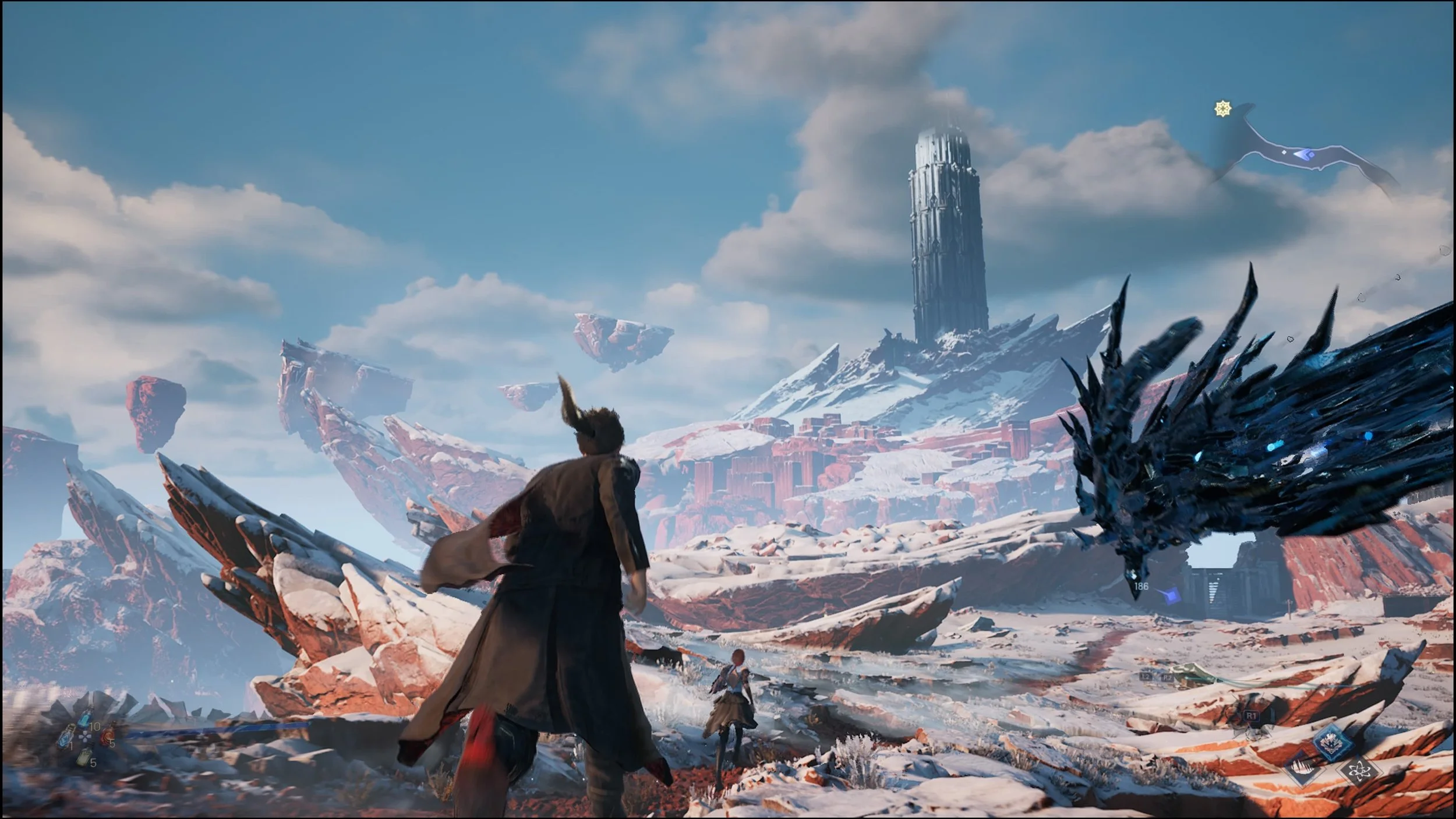


SEGA and Ryu Ga Gotoku Studios put a ton of love and care into Yakuza Kiwami 2, and it runs flawlessly on Switch 2. If you’re like me and itching for a reason to take a plunge into the Yakuza universe, there’s no better time than the present.